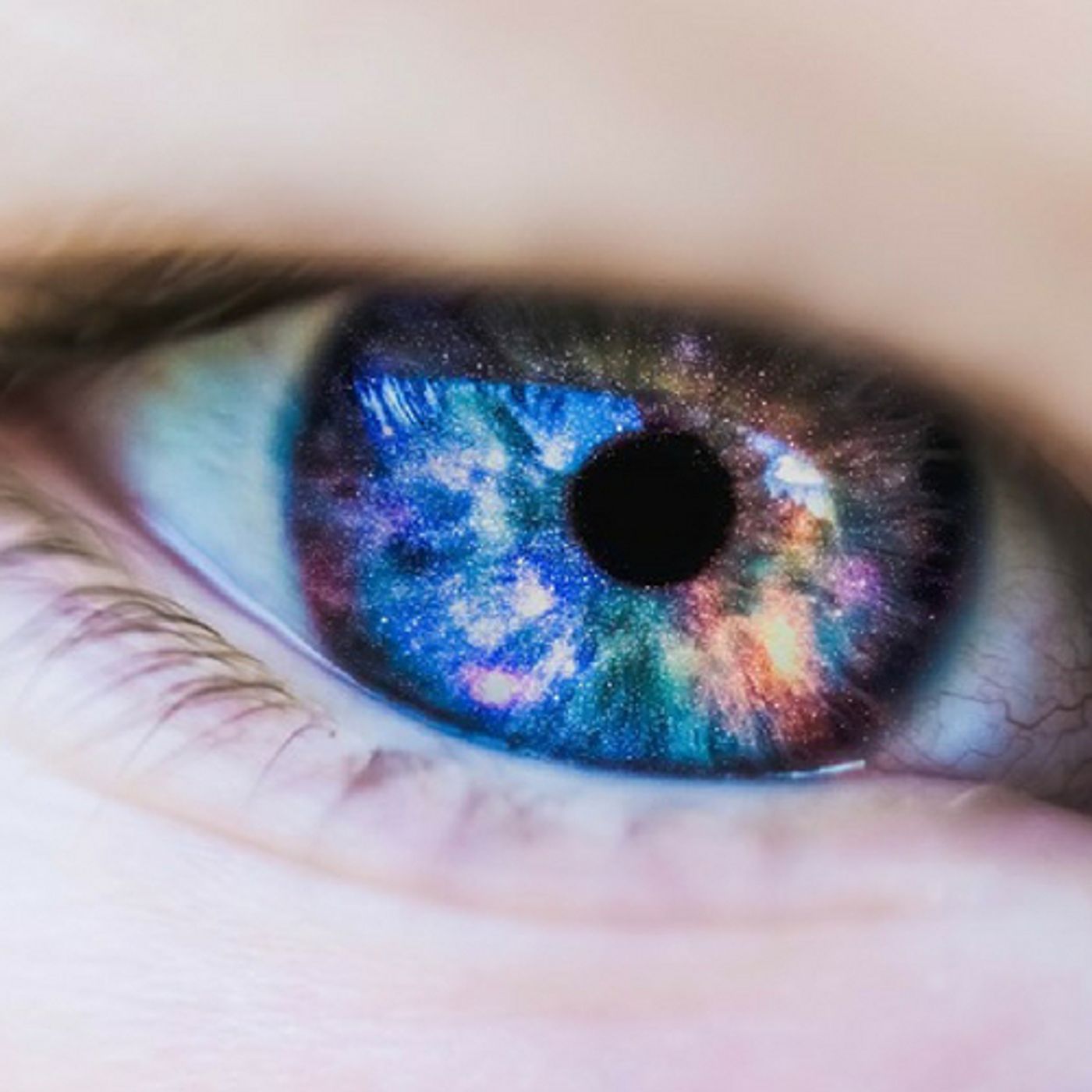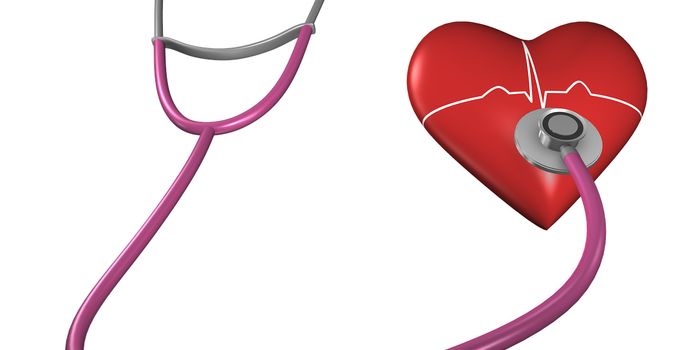Wearing Contacts While Sleeping Can Lead to Severe Eye Infections
Contact lenses can be a boon to patients who need eyesight correction. Fumbling with glasses, changing to sunglasses when outside, and trying to exercise or play a sport in glasses can be problematic.
The CDC defines contact lenses as a medical device, and, as such, has issued guidelines on how patients should take care of the lenses and what precautions are necessary while wearing them.
Some contact lenses are designed to be worn for 24 hours. They can be worn while sleeping, but in a recent Morbidity and Mortality Weekly Report, the CDC warned in a case series that wearing contacts overnight can increase the risk of corneal infections.
Jennifer R. Cope, MD, MPH is a medical epidemiologist in the Division of Foodborne, Waterborne and Environmental Diseases at the CDC. In the report, she and her colleagues explained, "This case series of contact lens-related corneal infections highlights the burden these infections place on contact lens wearers and the serious outcomes associated with them."
Cope cited an infection called microbial keratitis. It's a bacterial infection that can quickly go from annoying to emergent. Medications, including antibiotic eye drops, are given to clear it up, but it's a long course of treatment and often ends with permanent damage to the eye.
CDC figures estimate that there were about 1 million outpatient and ER department visits in 2010 for the infection, but another source, the FDA's MedWatch database shows only 1075 reports of infections in the cornea over an 11-year span. Despite that difference, last week the CDC partnered with the Eye and Contact Lens Association for Contact Lens Health Week, a public campaign that seeks to educate consumers on the proper care and use of contact lenses and the possible health problems that could arise if the lenses are worn improperly or not cleaned and stored efficiently.
In the report, the CDC scientists presented six cases, all of which happened in the last two years, of corneal infections that were related to contact lens wear. In each of the six cases, the common denominator was that the users had slept in their lenses. In the report, which also surveyed lens users on their habits, one-third of wearers reported sleeping or napping while wearing their contacts.
In the cases cited by the CDC, the patients were between 17 and 59 years old, and all were treated with antibiotic eye drops. The treatment is far from simple, however. Some patients had to administer the eye drops on an hourly schedule for weeks or even months. Testing found that Pseudomonas aeruginosa and Acanthamoeba spp caused some of the infections. This indicates a problem in cleaning them, suggesting that tap water, rather than sterile solution was used.
Interestingly, while contacts require a prescription three of the six patients bought theirs without a current prescription, and one of the patients contracted the infection from wearing decorative lenses and not corrective. Only one of the six patients had a complete recovery with no complications. The other five had ongoing problems like stromal scars and vision loss. Two of the five required surgery.
Cope et al. summarized the case series saying, "Health education measures directed toward contact lens wearers should emphasize raising awareness of the risks of sleeping in contact lenses as well as adherence to all recommendations for the wear and care of contact lenses."
Check out the clip below to see more information on the dangers of sleeping in contacts.
Sources: CDC Helio-Optometry




![Everything You Need To Know About NGS [eBook]](https://d3bkbkx82g74b8.cloudfront.net/eyJidWNrZXQiOiJsYWJyb290cy1pbWFnZXMiLCJrZXkiOiJjb250ZW50X2FydGljbGVfcHJvZmlsZV9pbWFnZV9mNTM1ZjIyYzA5MDE5ZmNmMWU5NmI0ZDc4NWU2MzdiZTZlN2I5ZDk5XzE4NDUuanBnIiwiZWRpdHMiOnsidG9Gb3JtYXQiOiJqcGciLCJyZXNpemUiOnsid2lkdGgiOjcwMCwiaGVpZ2h0IjozNTAsImZpdCI6ImNvdmVyIiwicG9zaXRpb24iOiJjZW50ZXIiLCJiYWNrZ3JvdW5kIjoiI2ZmZiJ9LCJmbGF0dGVuIjp7ImJhY2tncm91bmQiOiIjZmZmIn19fQ==)




